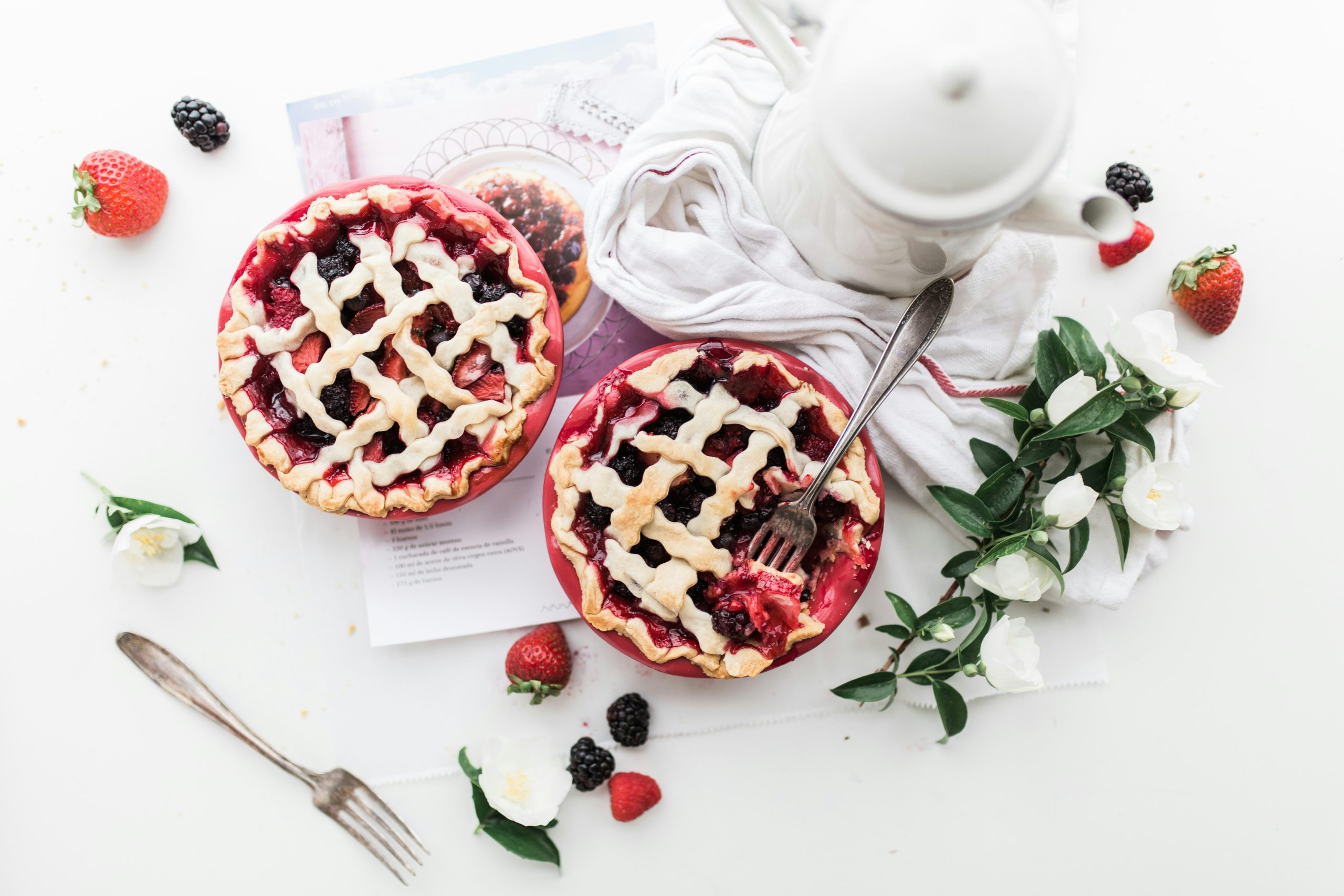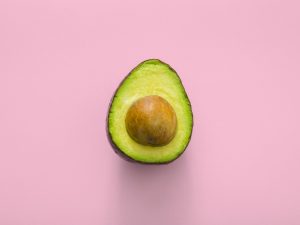3D Food Printing: The Future of Customized Nutrition
Have you ever imagined being able to print your meals? Well, that futuristic idea is now a reality thanks to 3D food printing technology. This innovative process allows for the creation of customized and personalized meals, tailored to specific dietary needs and preferences. With traditional food production methods being increasingly criticized for their negative environmental impact and lack of individualization, 3D food printing has emerged as a promising solution. In this article, we will explore the concept of 3D food printing and its potential impact on the future of customized nutrition.
The Science Behind 3D Food Printing
3D food printing, also known as additive manufacturing, works similarly to other types of 3D printing. The process involves layering of food materials to create a three-dimensional object. However, unlike conventional 3D printing, 3D food printing uses edible ingredients such as vegetable purees, protein powders, and dough to create various food products.
The process begins with the preparation of the food material, which is then loaded into a syringe or cartridge. The printer then releases the material layer by layer, following a specific design to create the final product. This design is created using computer-aided design (CAD) software, allowing for precise control and customization of the food’s shape and texture.
One of the significant advantages of 3D food printing is its ability to use multiple ingredients simultaneously, allowing for the creation of complex food items with different flavors and textures. This technology also enables the incorporation of nutrient-dense ingredients, making it a potential solution for addressing malnutrition and food insecurity.
Customized Nutrition for Individual Needs
One of the most significant advantages of 3D food printing is its potential to revolutionize the concept of personalized nutrition. With the ability to control and adjust the ingredients and composition of the food, 3D printing allows for the creation of meals tailored to individual dietary needs and preferences.
This means that individuals with food allergies or specific dietary restrictions can still enjoy a varied and flavorful diet without compromising their health. Additionally, athletes, pregnant women, and other groups with specific nutritional requirements can benefit from customized meals created through 3D food printing technology.
Moreover, with an aging population and an increasing number of individuals with chronic diseases, 3D food printing has the potential to revolutionize the healthcare industry. By providing patients with a personalized and nutrient-dense diet, this technology could potentially improve treatment effectiveness and reduce healthcare costs in the long run.
Reducing Food Waste and Environmental Impact
Americans alone waste around 150,000 tonnes of food per day, which amounts to nearly a third of all food produced in the country. With the world’s population projected to reach 9.7 billion by 2050, finding sustainable solutions to food waste is crucial. 3D food printing has the potential to do just that by optimizing the use of ingredients and reducing food waste.
This technology allows for precise control over the amount and type of food material used, minimizing waste and ensuring a consistent supply of food products. Additionally, since 3D food printing relies on plant-based materials, it has a significantly lower environmental impact compared to traditional animal-based food production methods.
The Future of Customized Nutrition
The potential of 3D food printing extends far beyond just personalized meals for individuals. This technology also has the potential to revolutionize the food industry, as we know it. With an increasing demand for sustainable and healthy food options, 3D food printing could provide a solution that meets these demands without compromising taste or variety.
While 3D food printing is still in its early stages, it has shown promising results and has gained significant attention from researchers and food industry giants. With further advancements and refinements, this technology could pave the way for a future where customized nutrition is the norm, rather than the exception.









